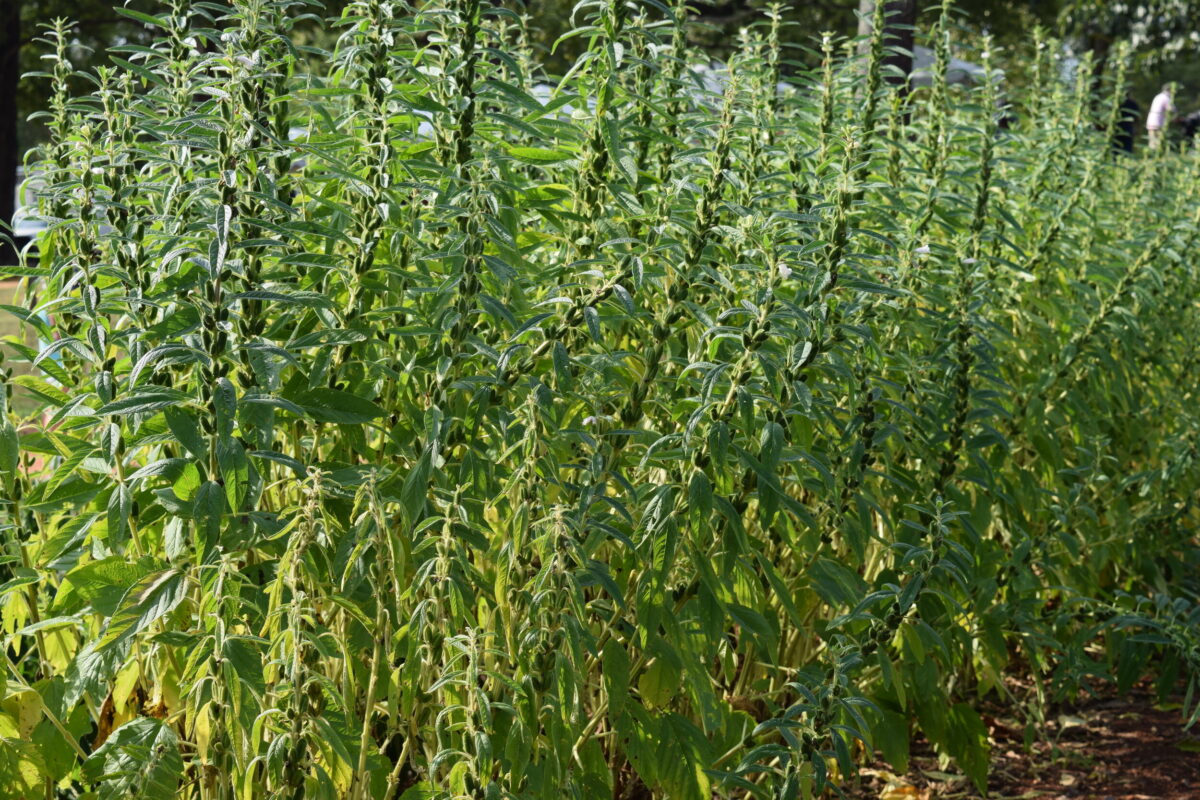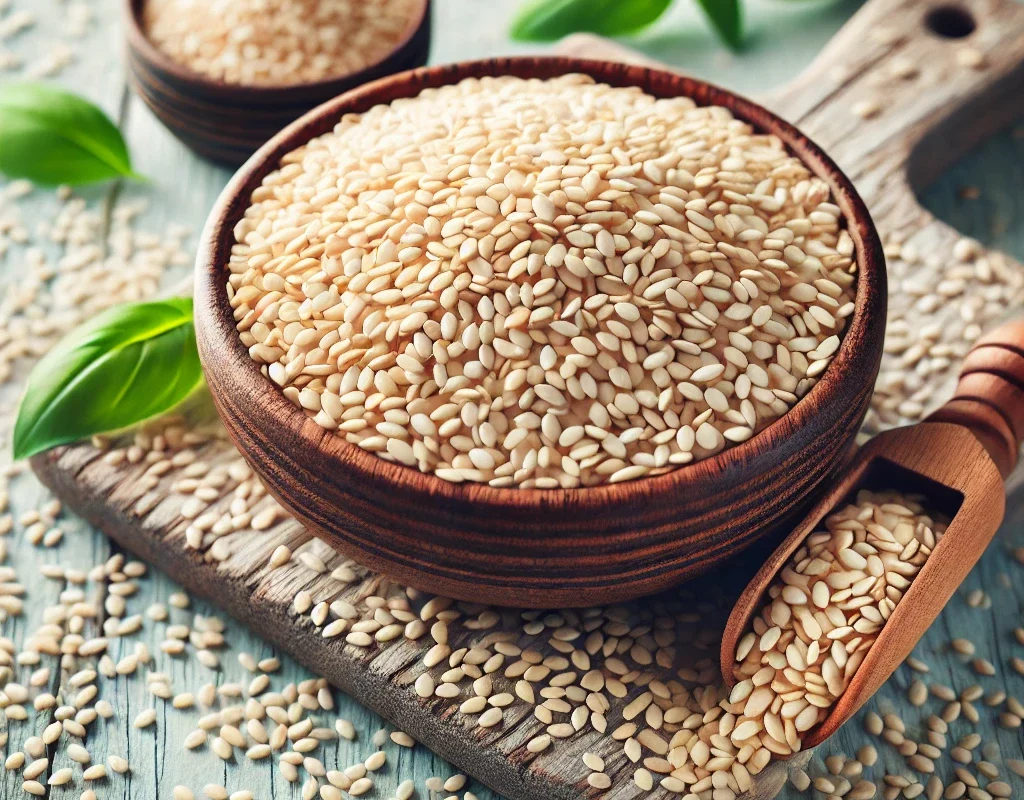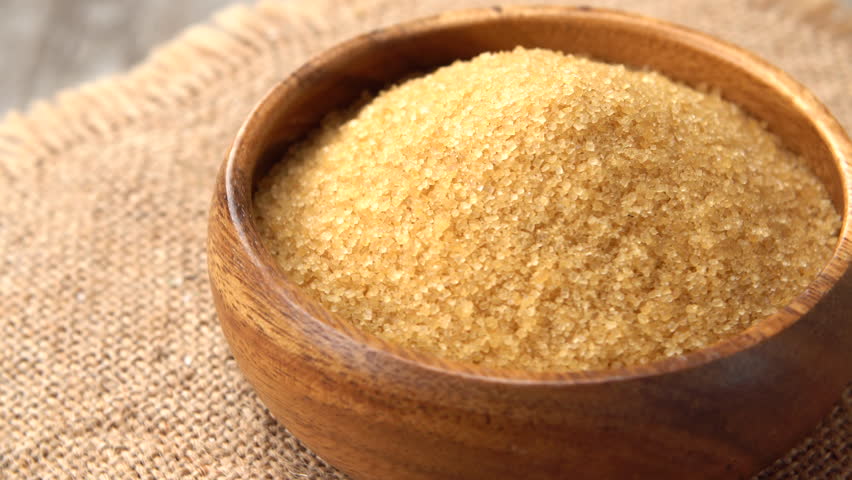The culinary and health world has witnessed the remarkable journey of brown sugar, from ancient practices to modern-day kitchens. Traditionally derived from sugarcane, brown sugar has long been a favorite of chefs and health enthusiasts alike. This sweetener, distinguishable by its rich hue and textured grains, is not just a sweet treat but also brings along numerous benefits.
The process of crafting brown sugar is fairly straightforward. It involves crushing sugar cane (or sometimes sugar beet) to extract the juice, which is then boiled and cooled to form sugar crystals. The defining element of brown sugar—molasses—is what gives it its distinct color and taste. The amount of molasses retained determines the darkness and moisture content of the final product.
When most people think of sugar, they typically picture the refined white variant. However, brown sugar, with its nuanced flavor and unique benefits, provides an intriguing alternative. This article sheds light on the advantages of incorporating brown sugar into your diet and routine.
Nutritional Breakdown
Central to brown sugar’s charm is its composition. Unlike refined white sugar, which undergoes a thorough process removing molasses, brown sugar retains this essential component. This retention lends it a rich flavor and a wealth of nutrients not commonly found in its white counterpart.
Although both white and brown sugars derive their caloric content primarily from carbohydrates, it’s the mineral content of brown sugar that makes it stand out. Enriched with trace amounts of calcium, potassium, iron, and magnesium, brown sugar offers more than just sweetness.
However, it’s crucial to note that while brown sugar does have nutritional benefits over white sugar, it’s still a source of calories without significant amounts of vitamins or proteins. Thus, like all sweeteners, it should be used judiciously.
Top Benefits of Brown Sugar
Rich in Essential Minerals
The added molasses in brown sugar isn’t just about flavor; it’s a mineral treasure trove. Calcium, vital for bone health; potassium, essential for heart function; magnesium, key for nerve function; and iron, crucial for red blood cell production, are all present in this sweetener.
These minerals, although present in trace amounts, contribute significantly when brown sugar is consumed as part of a balanced diet. For instance, iron aids in preventing anemia, while potassium helps regulate blood pressure.
Regular table sugar lacks this spectrum of minerals. Thus, while it’s no replacement for whole foods rich in these nutrients, choosing brown sugar can be a step towards a more nutritious sweetening option.
Provides Instant Energy
Like all carbohydrates, brown sugar is a source of energy. Its primary component, glucose, is easily metabolized by our bodies, providing an immediate surge of vitality. This makes brown sugar an excellent choice for a quick snack before or after workouts.
The rapid absorption of glucose into the bloodstream does come with a caveat: it can lead to spikes in blood sugar levels. Hence, while it’s a great pick-me-up, it’s essential to ensure that your overall diet is balanced and regulated.
Moreover, the unique flavor profile of brown sugar can enhance the taste of energy-boosting snacks, making them not just nutritionally rewarding but also a treat for the palate.
Better Digestion
One of the lesser-known benefits of molasses-rich brown sugar is its potential aid in digestion. Traditional remedies often cite brown sugar as a solution for minor digestive problems.
The reason behind this is the slight laxative effect of molasses. When consumed in moderation, it can help regulate bowel movements and alleviate issues like constipation.
However, it’s essential to understand that while brown sugar can assist in digestion, it shouldn’t be viewed as a primary solution for chronic digestive issues. Always consult with a healthcare professional if you face persistent problems.
Natural Exfoliator
Beyond its culinary uses, brown sugar has found its way into beauty routines around the world. Its grainy texture makes it an excellent natural exfoliant, helping to scrub away dead skin cells without being overly abrasive.
Regular exfoliation with brown sugar can lead to smoother, more radiant skin. The molasses in it offers added benefits, ensuring the skin remains hydrated.
While there are countless exfoliating products on the market, a simple brown sugar scrub, perhaps with a touch of essential oil or honey, can be an effective and natural choice. Remember, though, always do a patch test before trying any new skincare regimen.
Hydration and Moisturization for Ski
Brown sugar isn’t just about exfoliation. Its humectant properties mean it can retain moisture, making it beneficial for dry skin. When used in skincare routines, brown sugar can draw moisture from the environment and imbue it into the skin.
This dual action – exfoliating and moisturizing – makes brown sugar a favorite in many homemade skincare recipes. Whether you’re crafting a face mask, a scrub, or a moisturizing bath soak, consider the sweet benefits of brown sugar.
However, as with all skincare products, it’s essential to ensure that the rest of your routine complements your skin type and needs. Over-exfoliation, even with gentle agents like brown sugar, can lead to sensitivity.
Less Chemically Processed
The world is gravitating towards natural, minimally processed foods, and brown sugar fits perfectly within this narrative. The refining process for white sugar involves multiple stages and chemicals, stripping away the molasses and many natural properties.
In contrast, brown sugar undergoes fewer processes, making it a closer-to-nature choice. This reduced chemical processing often appeals to those seeking cleaner, more organic dietary options.
However, it’s worth noting that “less processed” doesn’t automatically equate to “healthy.” Brown sugar, while a more natural choice, still needs to be consumed in moderation, given its high caloric content.
Culinary Uses of Brown Sugar
The depth of flavor that brown sugar brings to dishes is unparalleled. Its rich molasses undertones provide a unique taste profile, enhancing baked goods, sauces, and even marinades.
Brown sugar excels in recipes that require caramelization. Its moisture content ensures a chewier texture in baked goods like cookies and brownies. Moreover, when it melts, it imparts a luscious, deep caramel flavor that’s hard to replicate with white sugar.
Whether you’re baking a classic dessert, glazing a holiday ham, or whipping up a savory sauce, consider the multi-dimensional taste brown sugar can offer.
Brown Sugar vs. Other Sweetener
In a world brimming with sweetening choices, from honey and maple syrup to agave nectar, where does brown sugar stand? Each sweetener comes with its unique flavor profile, nutritional benefits, and culinary applications.
While honey boasts of antioxidants and maple syrup offers a pure, natural sweetness, brown sugar stands out with its mineral content and versatile use in both cooking and beauty routines.
However, regardless of the sweetener in question, moderation is key. Overconsumption of any sugar, even natural varieties, can contribute to health issues.
Considerations and Precautions
No discussion on sugar would be complete without addressing the potential pitfalls. Even with its benefits, brown sugar, like all sweeteners, should be consumed judiciously. Excessive sugar in the diet can contribute to health concerns like obesity, diabetes, and heart-related diseases.
Storage is another consideration. Brown sugar’s moisture content makes it prone to hardening. To keep it soft, store it in an airtight container, possibly with a slice of bread or a marshmallow to maintain its moisture.
Lastly, while rare, allergies or sensitivities to brown sugar can occur. Always monitor your body’s reactions, especially when introducing it into your diet or skincare routine for the first time.
Conclusion
Brown sugar, with its myriad benefits and rich flavor, is indeed a sweet addition to our lives. Whether you’re savoring its taste in a dessert, reaping its skincare benefits, or simply enjoying a touch of it in your morning coffee, it’s a testament to nature’s goodness. Like all good things, the key lies in balance and moderation. So, the next time you reach for a sweetener, consider the textured grains and wholesome taste of brown sugar – a simple joy with a spectrum of benefits.




